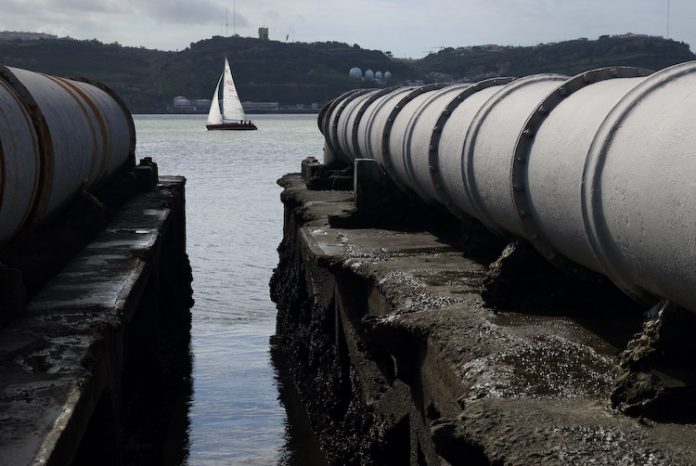The European Commission welcomed the provisional agreement reached by the European Parliament and the Council on the Connecting Europe Facility (CEF) proposal, as part of the next long-term EU budget 2021-2027.
The new programme will enable the European Union to lead the way to climate neutrality in line with our A Clean Planet for all proposal and support infrastructure for safe, clean, secure and connected mobility, as proposed by the Commission in the Europe on the Move package. It will also prioritise environmentally friendly modes such as rail and the development of charging points for vehicles using alternative fuels. By making energy systems better interconnected, smarter and safer, the Connecting Europe Facility (CEF) will help complete the Energy Union and support the clean energy transition. This will enable Europe to remain frontrunner in the clean energy transition in line with the Juncker Commission’s political priority to become the world leader in renewable energy.
“The new Connecting Europe Facility is at the heart of European transport. It will deliver on connectivity, accelerate the decarbonisation and digitalisation of the EU’s economy and create synergies between the transport, energy and digital infrastructure. Above all it will allow the EU to complete its core transport network by 2030, which is the backbone of the single market, supporting the needs of logistic operators and passengers,” said Commissioner for Transport, Violeta Bulc.
“Today’s agreement will enable us to build the infrastructure needed for the clean energy transition and help achieve our ambitious 2030 climate and energy targets. The enhanced Connecting Europe Facility (CEF) will be crucial to further integrate the energy market, help the penetration of renewable energy sources and increase security of supply. The new programme will also help us complete strategic projects which are essential for a real Energy Union,” added Commissioner for Climate Action and Energy, Miguel Arias Cañete.
“The new Connecting Europe Facility (CEF) Digital will target strategic infrastructure investments, including 5G corridors along major transport paths, linking users across Europe to high performance computing centres, and gigabit connectivity for 5G-ready communities. By spearheading such deployments, CEF Digital will contribute to Member States’ efforts in reaching the EU’s 2025 Gigabit objectives and making the EU a smarter, sustainable and competitive digital economy,” underlined Commissioner for Digital Economy and Society, Mariya Gabriel.
The digital strand of CEF will finance strategic digital connectivity infrastructure. This will include 5G corridors for connected and automated mobility, terabit backbone networks linking high performance computers and their users, and gigabit connectivity for key socio-economic drivers (such as schools, hospitals, transport hubs, major public service providers and digitally intensive enterprises) and 5G-ready communities. All this will contribute to unlocking the next generation of Digital Single Market opportunities.
This provisional agreement now has to be formally approved by both the European Parliament and the Council. The budgetary aspects are subject to the overall agreement on the EU’s next long-term budget, proposed by the Commission in May 2018.

